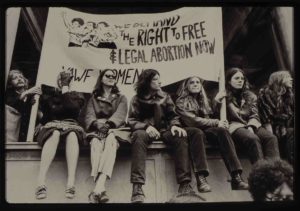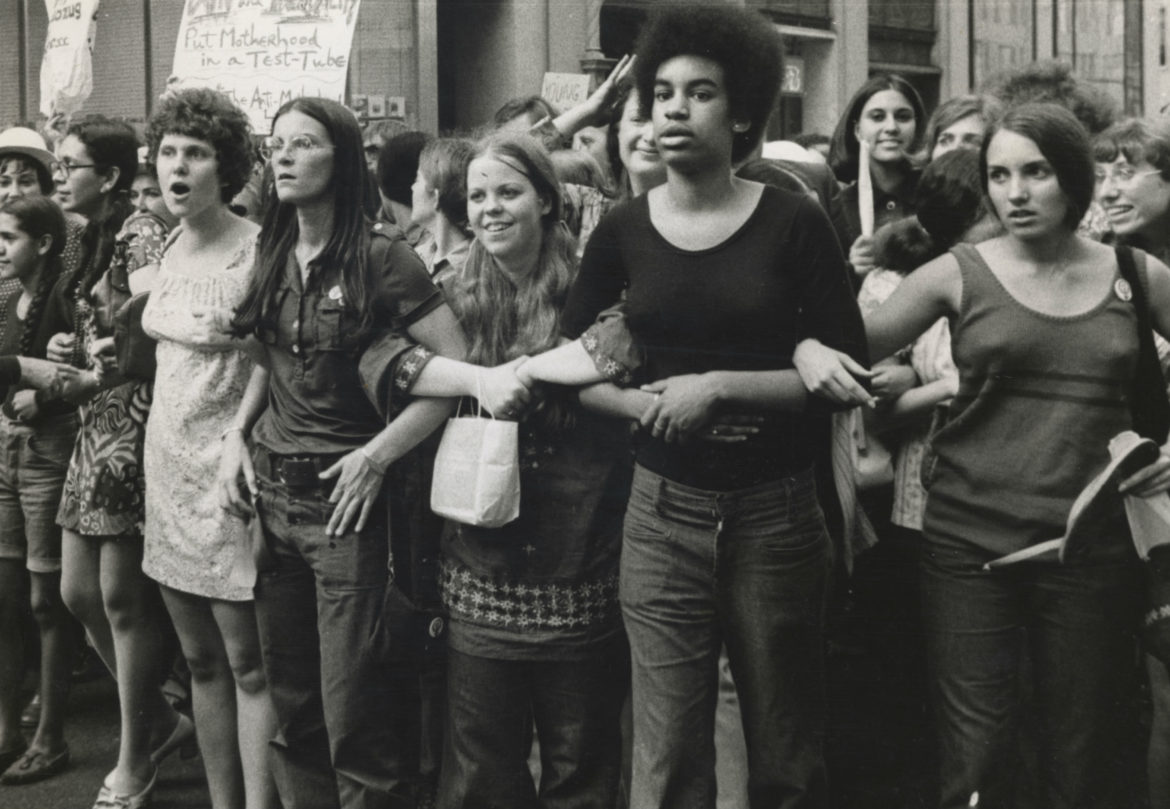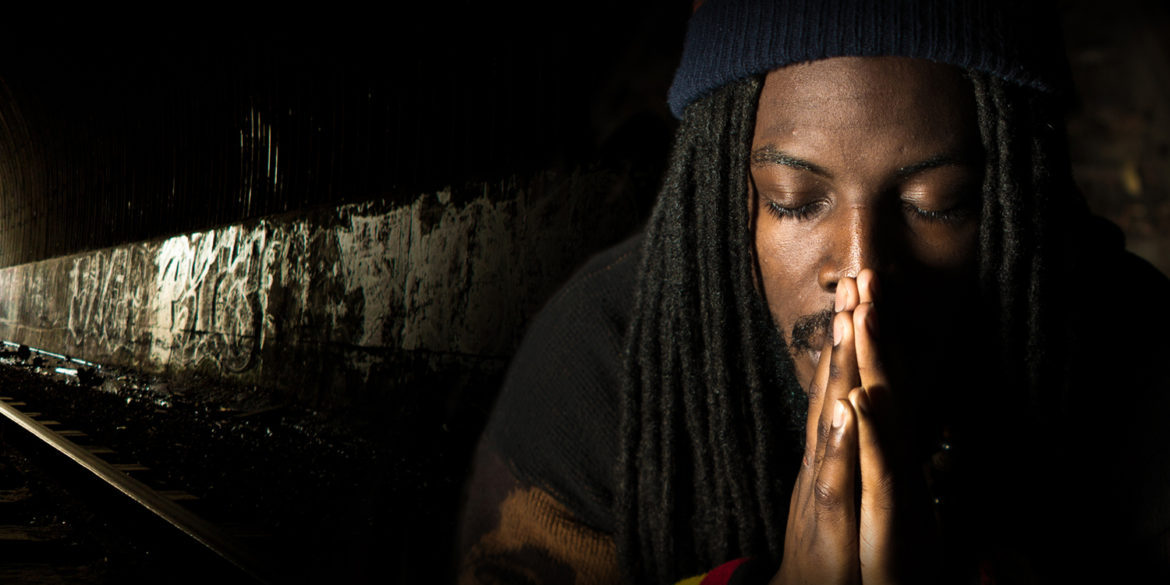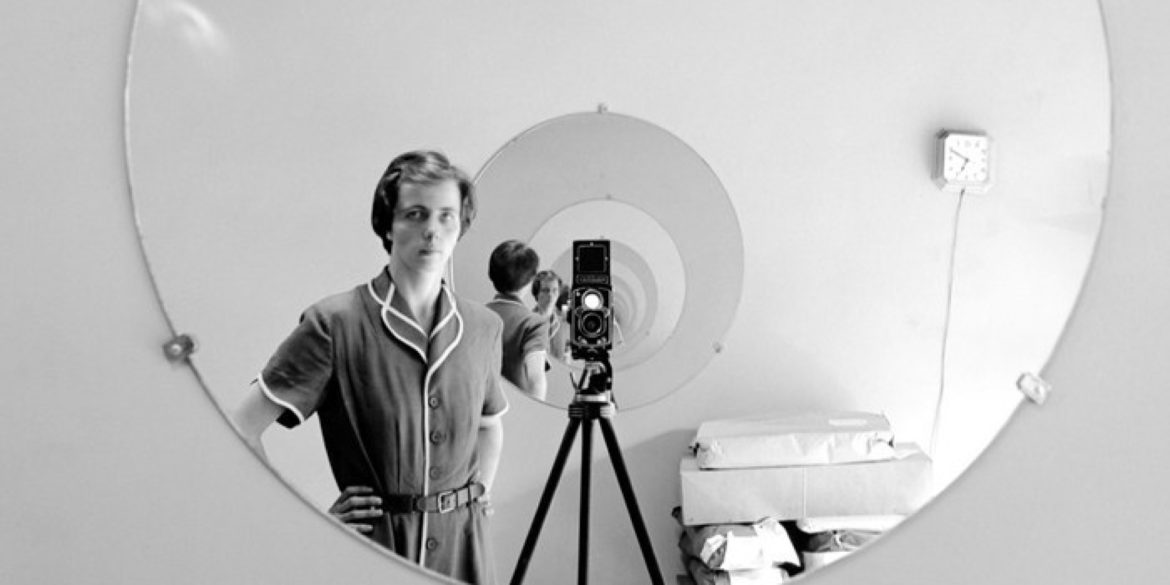The winner of last year’s Academy Award for Documentary (Short), Sharmeen Obaid-Chinoy’s A Girl In The River is a 40-minute gut-punch. As cinema, it’s not particularly groundbreaking. As a bracing call to arms against the institution of honor-killing, specifically in Pakistan, it’s entirely effective.
documentary
In their mission statement, the Ovarian Psychos succinctly explain what they’re about:
We are an all womxn of color bicycling brigade cycling for the purpose of healing our communities physically, emotionally and spiritually by addressing pertinent issues. We envision a world where women are change agents who create and maintain holistic health in themselves and their respective communities for present and future generations.
Watching She’s Beautiful When She’s Angry, director Mary Dore’s perfectly agreeable and accomplished 2014 documentary about the birth of the modern women’s movement in the U.S., it’s hard not to feel there’s something staid about the proceedings.
 This is less the fault of the film itself than a reflection of how exciting the landscape of documentary film has become in recent years.
This is less the fault of the film itself than a reflection of how exciting the landscape of documentary film has become in recent years.
In 1980, the British theologian John Hull began to lose his eyesight permanently. Having struggled with vision problems his whole life, the process had irrevocably started toward total blindness. As he grappled with all that this would entail, he began keeping an audio diary, titled Notes On Blindness and eventually encompassing hundreds of hours of material – thoughts, reflections, anxieties, loneliness and isolation creeping in, but also a stubborn insistence: “If I was going to be blind,” he says, “then blindness must be understood.”
Part of an ongoing effort to watch each of the films in Roger Ebert’s Great Movies series. The introduction and full list can be found here.
What is a documentary? What are its aims, ambitions, and responsibilities – to its subjects, to its audience?
Winter on Fire: Ukraine’s Fight For Freedom, the Netflix original just nominated for a best documentary Oscar last week, has two inescapable problems.
First, because the filmmakers are largely embedded with the Ukrainian resistance in 2013 and 2014 – and, understandably, because they want a narrative of heroic revolution that audiences can cheer – the film never really strays from a single set of viewpoints and experiences.
Jason Zeldes’ directorial debut Romeo Is Bleeding is one of the year’s best and most powerful films.
The film deftly tells multiple stories. The story of poet Donté Clark, the story of kids countering violence with art, the story of Richmond, California.
Back in May of this year, I caught Romeo Is Bleeding at the SF International Film Fest. At the time, it was not only my favorite documentary of the year, but my favorite film of any genre I’ve seen in a theater in 2015.
By all accounts, Vivian Maier was an eccentric and complicated woman, a mystery to those who knew her best (not many) and an outsider artist in the truest sense – a gifted street photographer who hoarded her own work, but continued to snap images everywhere she went in her paid job as a nanny for a series of families.









